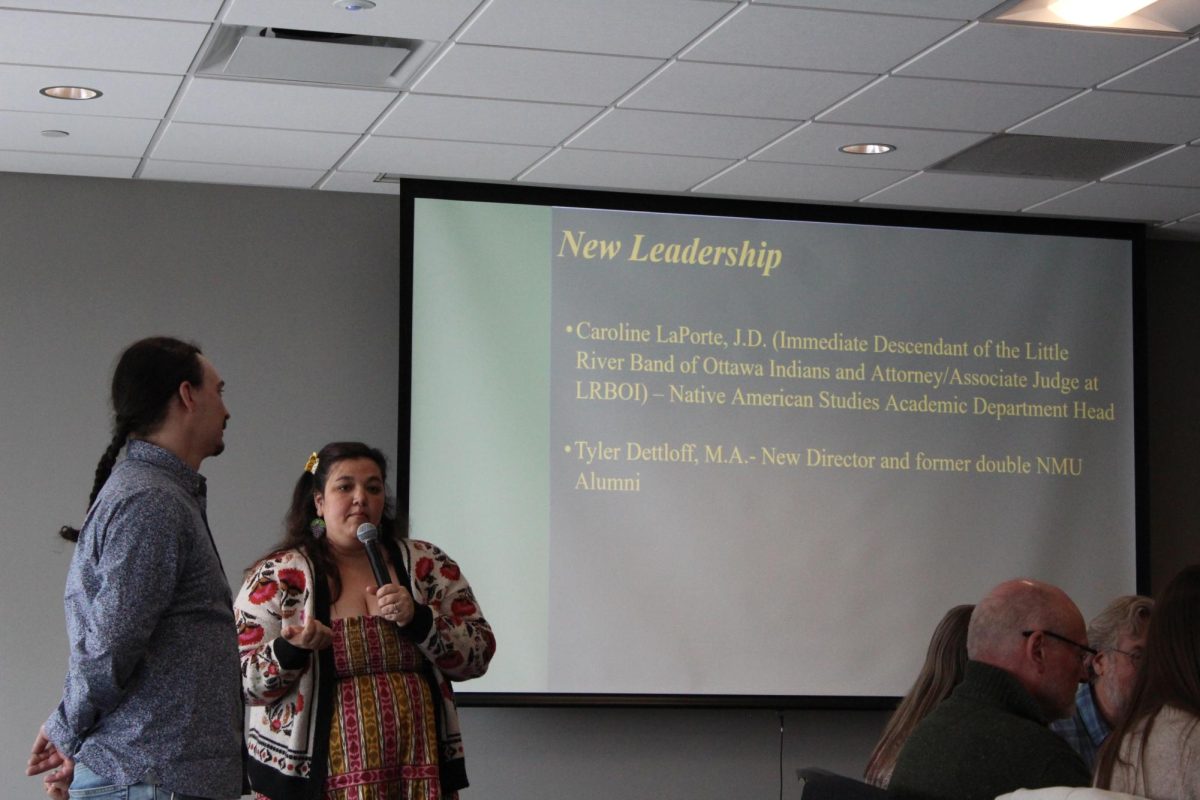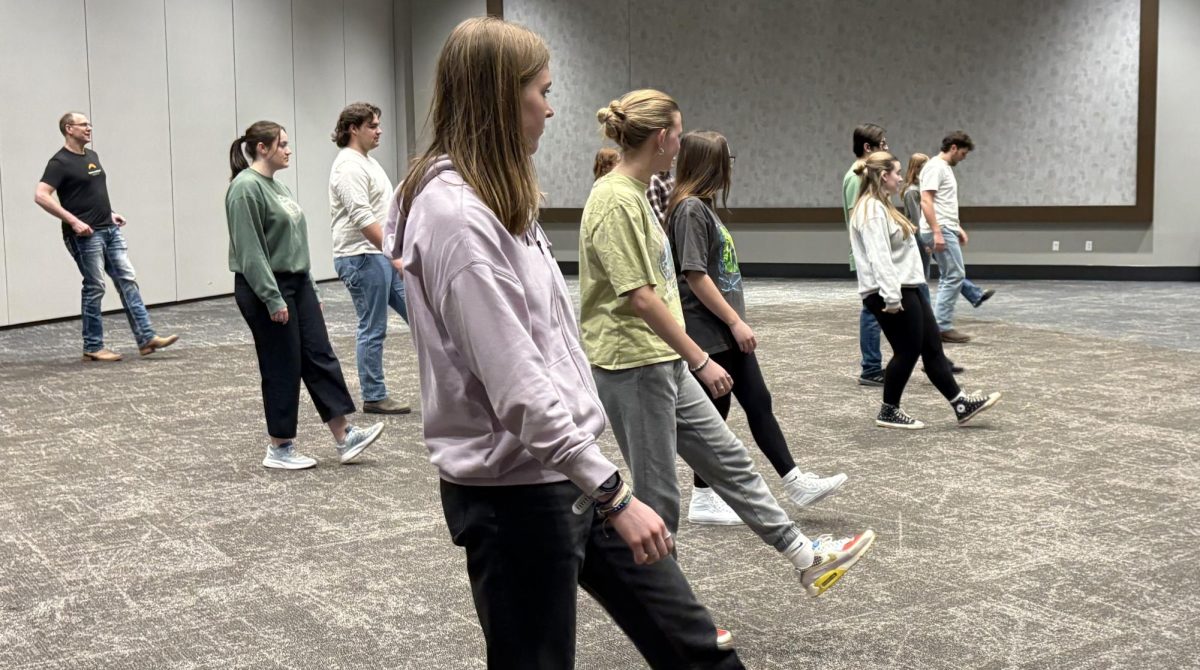We are constantly connected. Since the invention of the Internet in the early 1990s, the way we get our news has changed drastically. Before the internet, newspapers were people’s main source of staying informed. Producing the next morning’s paper was a process that meant a news team would spend all day trying to complete them. Today, the news is no longer made by a team working 9 to 5. The switch to a 24-hour news cycle has forced media companies to keep their websites updated as stories unfold in real time. Anyone can hop on Facebook or Twitter and quickly be berated with articles about breaking events nonstop, often without knowing if the information or source is accurate.
The change from physical print news to the internet is harmful because it has increased the spread of false information and threatens the public’s trust in long-standing, reputable news institutions. As a concerned news consumer in the United States, I think it is time we all take a deep look and reevaluate our relationship with the way we consume news.
The spread of false information is dangerous in today’s political climate. We now rely on so many mediums of information that it is hard to know exactly where the information is actually coming from.
The unintentional spread of false news was prevalent in the 2016 presidential election. According to a study done at the University of Michigan, over a quarter of Americans (27.4%) visited at least one website that contained fake news in the weeks prior to the 2016 election.
Nearly 30% of Americans were unfairly tricked into visiting sites with false information possibly skewing the presidential election. With the increase of internet users, issues like this will only be more prevalent in the future. A study done by The Pew Research Center found that roughly two-thirds 64% of American adults use the site Facebook, and half of those users get news there—amounting to 30% of the general population.
Not only has the spread of false information hurt the political climate, but the effects have also damaged the reputation of long-standing news institutions. A Gallup poll found that only 32% of people say they have a great deal or fair amount of trust in the media. This is down eight percentage points from last year.
The decline of trust in the media is hurting the spread of information. Institutions of teams are dedicated to making sure the stories they are publishing are factual and represent the story being told fairly. Without these institutions, news stories would be filled with false information and clear bias. It is important for society to hold media accountable for the information it publishes. Condemning news institutions for publishing information that does not support your view does not negate the verified information compiled by the news team.
As news consumers, it is often hard to tell what a real article is and what a fake article is. When I check my Facebook, it is often littered with headlines like, “McDonald’s found to lead to weight loss.” These articles are specially made to draw the attention of those who could easily be skewed in believing false information.
If we do not start thinking about where we get our information, we will likely see a future where the line between what is real news and false news will be blurred. News teams are struggling to keep up with this change to 24-hour news and stopping the spread of fake headlines. We need to step back and make sure that we are being responsible news consumers and respectful of each other’s differences. If everyone focuses on becoming more aware of where information your consuming is coming from, we can all become more disconnected on the false news that social media spreads.

























